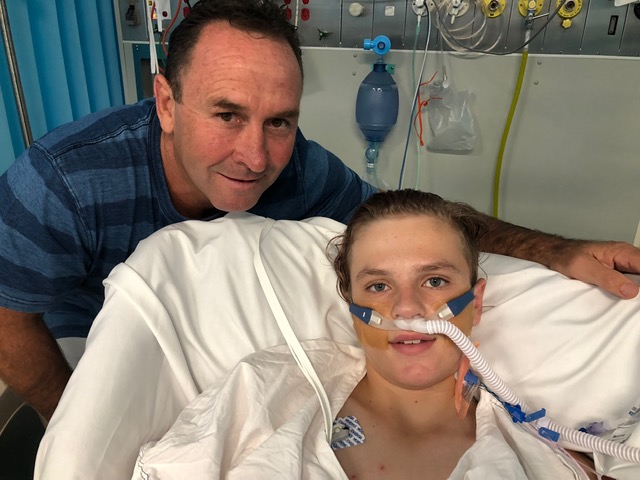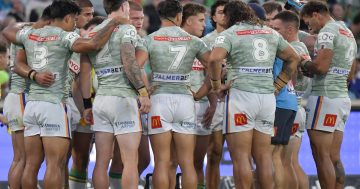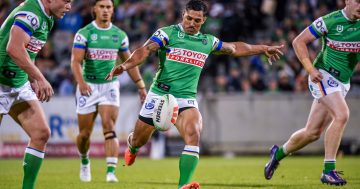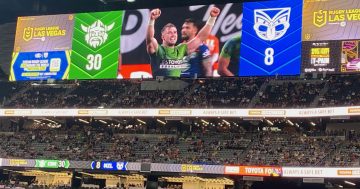
Ricky Stuart has changed the culture of the Canberra Raiders. Photo: File.
I remember when I was first informed that Ricky Stuart would be returning to coach the Raiders. I wasn’t sure if it was the right move, having witnessed another legend recently depart the club.
David Furner had been axed with three games to go before the end of the 2013 season and everybody associated with the club was emotionally drained from the fallout. The spectre of fans publicly criticising somebody who had done so much for the Raiders was hard to take.
Were we ready for another roller coaster, remembering, of course, the way Ricky Stuart had been treated when he left the club in 1998 after playing 203 games for the Raiders and a key role in the club’s three premierships?
How would Ricky handle it if things went south?
Six years down the track, Ricky could not have done more on and off the field to generate success and support for the team.
From the outset in the 2014 season, he worked hard to re-engage with the community. He was omnipresent at every junior presentation night. He encouraged his players to be involved in charitable pursuits.
His quest to win back the support of the Canberra community didn’t happen overnight. The average crowds at Canberra Stadium dropped below 10,000 in his first two years as coach. By 2017, average home game attendance had risen to almost 15,500.

The close-losses epidemic seems like ages ago. Photo: File.
There is more to it than simple crowd size and success on the field this season. He effectively reconnected the Canberra business community with the club; a relationship developed prior to his return through his charity golf days and his respite centres. These centres have flourished ever since.
His charitable work has effectively encouraged spontaneous acts of generosity from his players. This connection to the community has helped keep his players grounded.
Another aspect, which hasn’t been widely publicised, is the way he has developed a solid relationship with the Sydney media which had been highly critical of the Raiders from the Super League years onwards.
In many ways, despite a couple of tough seasons in which the side finished tenth in consecutive years, he was given space to get the team playing as he wanted them to, with the players recruited by him. He had to make hard decisions to get the best out of the players.
Josh Papali was dropped last season, and Aidan Sezer spent much of the early part of this season in the NSW Cup. He supported Jack Wighton, giving him a second chance after his off-field drama last year which cost the team dearly.
The result, as we have seen this season, achieved the desired outcome. The playing group are performing for him, knowing that he has the ability to guide them around the field from the sidelines with a game plan that combines attacking brilliance with a defensive mindset.

Ricky Stuart with fan TJ Campagna on Christmas morning in ICU. Photo: Supplied.
But there is more to it than a game plan. At Ricky’s insistence, the current playing group has constant reminders of the feats of the 1989 Premiership winning team, with current players partnered with players from the 1989 team.
There’s also the visual image of the ’89 players, as the current group walk to the change rooms at Canberra Stadium.
His working relationship with CEO Don Furner has given him scope to explore all options in the pursuit of success. This success includes the freedom to look outside the square when signing players, as evidenced by the recruitment of key players from the United Kingdom.
Ricky has effectively turned the club around. There have been plenty of tough decisions along the way, but the result has been a cultural shift within the playing group and the connection with the community.
This has changed the perception of the Raiders, a seismic shift akin to the days before and after the ’89 Grand Final.
Original Article published by Tim Gavel on The RiotACT.
















